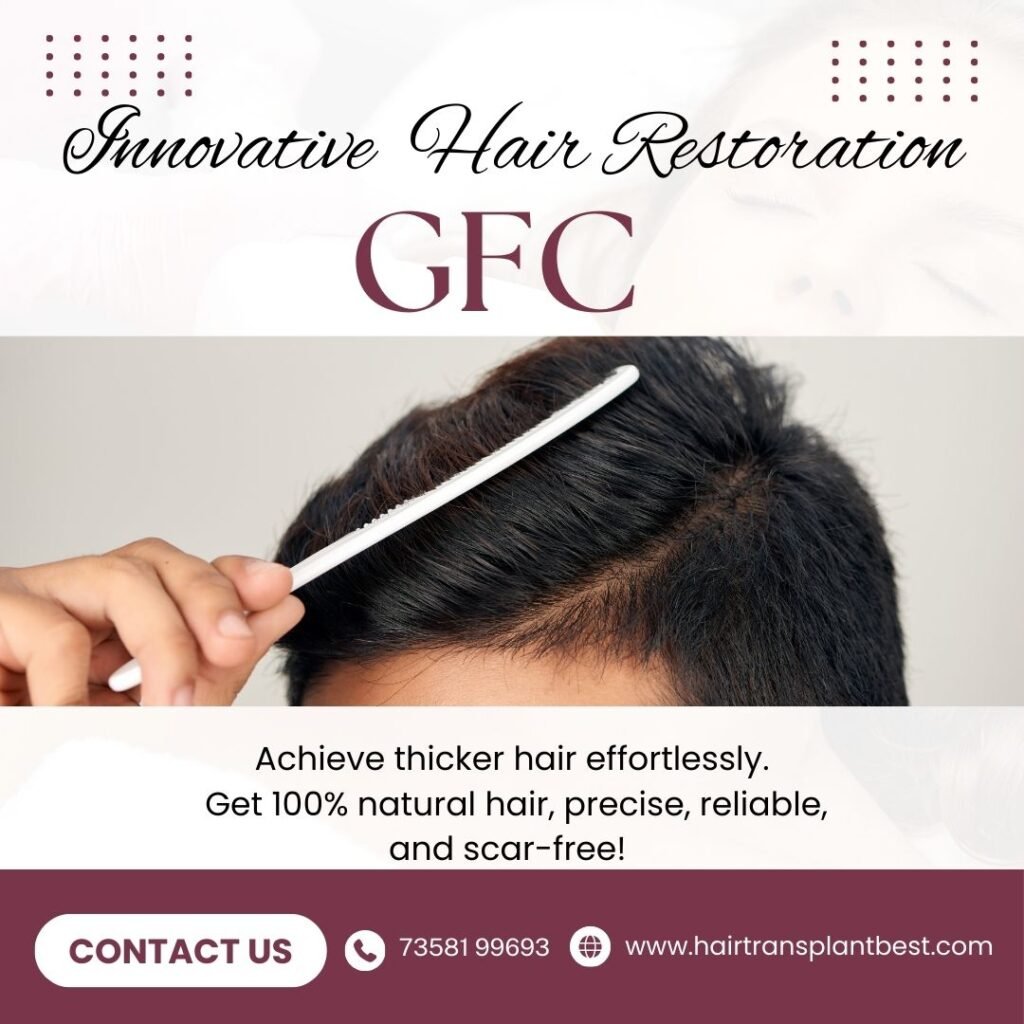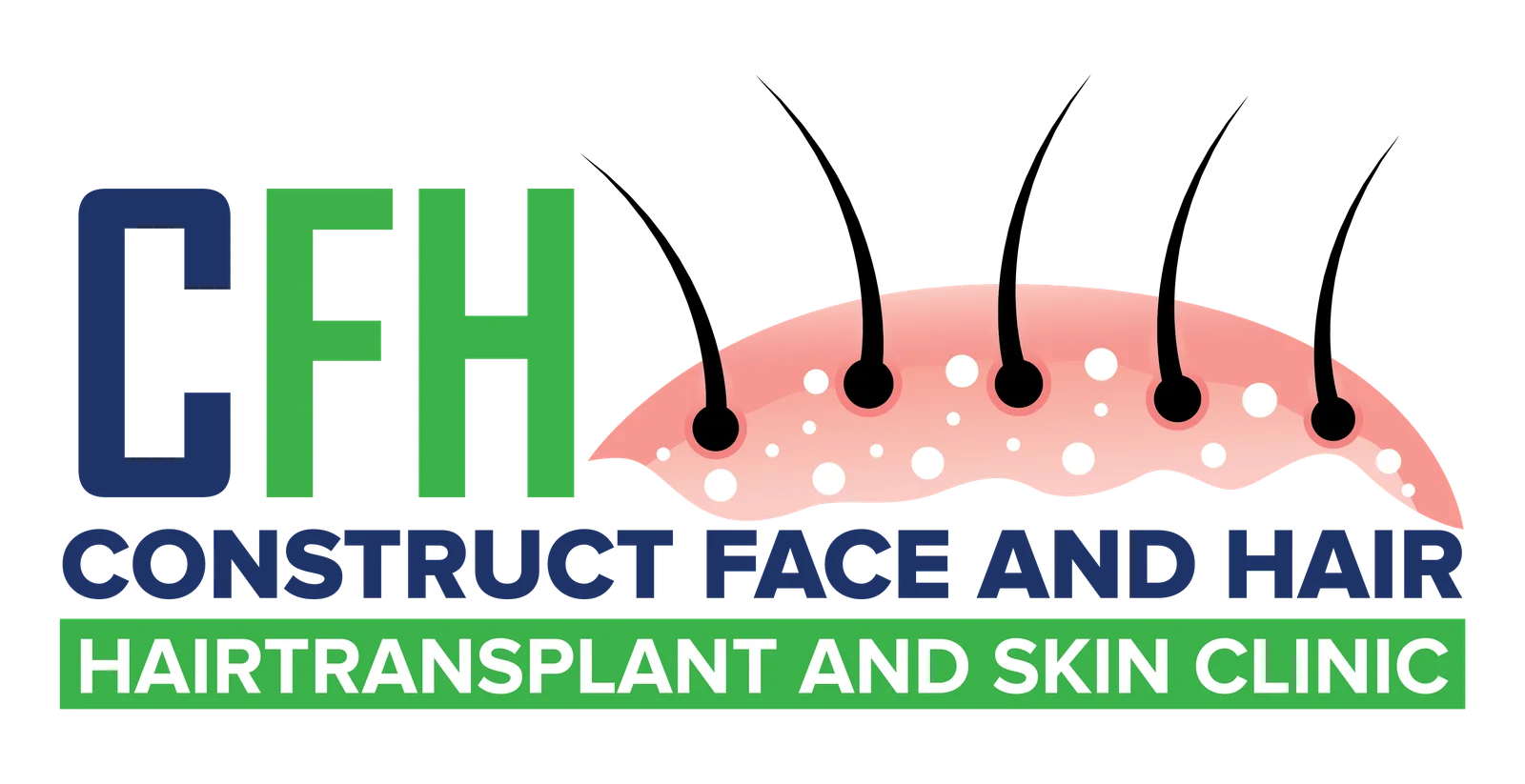
A successful hair transplant can be life-changing, restoring not only your hair but also your confidence. However, achieving lasting results requires more than just a skilled procedure; post-transplant care plays a crucial role in preserving the health and appearance of your new hair. This guide covers essential tips and lifestyle changes to help you maintain your transplanted hair for years to come, along with key do’s and don’ts to ensure optimal results.
1. Immediate Post-Transplant Care
The first few weeks after a hair transplant are vital for proper healing and establishing strong, healthy hair growth. Here are some immediate steps to take:
- Follow Surgeon’s Instructions: Your surgeon will provide specific guidelines on washing, moisturizing, and caring for the scalp. Adhere closely to these instructions to avoid complications and promote healing.
- Avoid Touching or Scratching the Scalp: Itchiness can occur as the scalp heals, but avoid scratching or touching the grafts, as this can dislodge them and impair growth.
- Sleep in an Elevated Position: For the first few nights, sleep with your head elevated to minimize swelling. Use extra pillows to maintain a comfortable, elevated position.
- Use Only Recommended Hair Products: After a transplant, the scalp can be sensitive. Use only the mild shampoos and products suggested by your surgeon to prevent irritation or infection.
2. Long-Term Hair Care for Lasting Results
To keep your transplanted hair looking natural and healthy, make these practices part of your regular routine:
- Gentle Hair Washing: After the initial healing period, wash your hair gently to keep it clean and prevent buildup. Use lukewarm water and a sulfate-free shampoo to avoid stripping natural oils from your hair.
- Avoid Heat and Styling Products: Overuse of styling tools and chemical products can weaken your hair, making it prone to breakage. Try to minimize the use of blow dryers, straighteners, and chemical treatments.
- Moisturize Regularly: Keeping your scalp moisturized can help maintain hair health. Use lightweight, non-greasy moisturizers or oils that won’t clog hair follicles.
3. Lifestyle Changes for Stronger Hair
Certain lifestyle changes can strengthen your hair from the inside out, promoting the longevity of your transplant:
- Healthy Diet for Hair Growth: Nutrient-rich foods are essential for strong, healthy hair. Aim to include proteins, omega-3 fatty acids, vitamins (especially B vitamins and vitamin E), and minerals like zinc and iron in your diet.
- Stay Hydrated: Drinking plenty of water helps flush out toxins and keeps the scalp hydrated, which can encourage healthy hair growth.
- Exercise Regularly: Physical activity improves blood circulation, which benefits scalp health and enhances nutrient delivery to hair follicles. However, avoid strenuous activities for the first month after your transplant to prevent excess sweating.
- Limit Alcohol and Smoking: Alcohol and nicotine can impair blood flow, potentially weakening hair follicles. Cutting back or quitting can significantly improve the health of both transplanted and natural hair.
4. Follow-Up Appointments and Ongoing Care
Staying in touch with your hair transplant surgeon post-procedure ensures your recovery is on track and allows for early intervention if any issues arise:
- Attend All Scheduled Follow-Ups: Regular check-ins with your surgeon can help identify any potential issues early, such as poor graft survival or infection. These visits also provide a chance to discuss hair care and receive ongoing advice.
- Consider PRP Therapy for Enhanced Results: Some clinics offer Platelet-Rich Plasma (PRP) therapy to stimulate hair growth post-transplant. PRP involves injecting growth-factor-rich plasma into the scalp to strengthen hair follicles and promote hair growth. Consult your surgeon to see if this is a suitable option for you.
- Monitor Hair Health: If you notice excessive shedding or any changes in hair texture or density, reach out to your surgeon. Early treatment of conditions like scalp infections or hair thinning can help preserve your results.
5. Do’s and Don’ts for Optimal Hair Transplant Maintenance
Do’s:
- Do Protect Your Scalp from the Sun: Newly transplanted follicles are sensitive to UV rays. Wear a hat or use a protective umbrella when outside, especially during the first few months post-transplant.
- Do Sleep on a Soft Pillow: Use a soft, clean pillowcase to avoid unnecessary friction on your scalp and prevent follicle damage during sleep.
- Do Maintain a Balanced Lifestyle: Stress can impact hair growth, so prioritize sleep, relaxation techniques, and work-life balance to maintain optimal hair health.
Don’ts:
- Don’t Over-Wash or Use Hot Water: Washing your hair too frequently or with hot water can dry out the scalp and weaken hair. Stick to lukewarm water and wash every two to three days, or as advised by your doctor.
- Don’t Use Harsh Hair Products: Products with sulfates, alcohol, or parabens can be damaging. Opt for natural, gentle hair care products that nourish rather than strip the hair.
- Don’t Engage in Strenuous Activities Too Soon: For at least a month, avoid heavy exercise, swimming, or activities that cause excessive sweating, as this can irritate the scalp and affect healing.
Maintaining a hair transplant requires a combination of immediate post-surgery care, consistent long-term hair care practices, and lifestyle adjustments. By following these tips, you can help ensure that your hair transplant results last, giving you a natural and full head of hair for years to come. Consult your surgeon regularly, invest in gentle products, and make choices that support overall hair health. With proper maintenance, you can enjoy the confidence and satisfaction that comes with a successful hair transplant.
